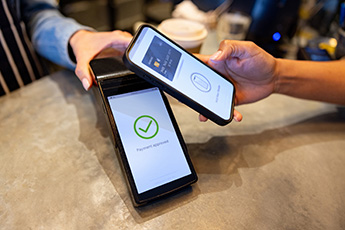The most popular desserts in the US are: chocolate chip cookies, apple pie, cheesecake, pecan pie, carrot cake, and ice cream. It is likely that at least one of these dessert offerings is making your mouth water. So, while you ponder your next sweet treat, we provide you with some information on setting up another type of offering: Banking-as-a-Service (BaaS).
BaaS is an end-to-end process that allows financial institutions to provide more services through application programming interfaces (APIs) with third-parties seamlessly. BaaS not only provides customers with value-added services, but could also create a new revenue source for your institution.
One example: A Northeast CFI formed partnerships with several leading fintechs, offering its savings account and other products and services directly within the fintechs' mobile apps and websites.
This CFI does this through open APIs created using a vendor's technology platform that provides APIs for every banking operation. This way, the institution doesn't have to reinvent the wheel, not only saving time, but also overhead costs in maintaining an expensive in-house development team.
Another CFI in the Pacific Northwest is providing wholesale banking services to broker-dealers and digital financial services companies via its BaaS platform. Such companies can offer their clients traditional banking products, including checking accounts and sweep products with FDIC insurance, debit and credit cards, and credit facilities.
Why should your financial institution consider BaaS offerings? Because most customers are demanding at least some digital banking options these days.
But it doesn't stop there -- the possibilities are practically endless for BaaS offerings built within the apps and websites of all kinds of companies, and not just fintechs. For example, home improvement stores offering specials on kitchens or flooring can also let consumers apply for credit cards to pay for those big purchases directly on their website or app. That may increase the chance that the consumer will make those purchases -- and it brings in additional business to CFIs that provide such credit cards via their BaaS offerings.
Your CFI may want to consider BaaS for several reasons:
- It can open up new revenue streams, by either charging the non-bank a monthly fee for access to your BaaS platform or charging a la carte fee for each service used.
- It can lead to additional partnerships with fintechs and other non-banks, keeping your bank on top of the latest trends that digital natives will come to expect.
- Lastly, as an early adopter, your financial institution will be ahead of the curve, as BaaS will become table stakes much sooner than you think.
While it will take some careful consideration and research, you may want to start checking out your options for BaaS. Planning it into your strategic plans for the future could help you stay on top of this fast-moving technology wave.




